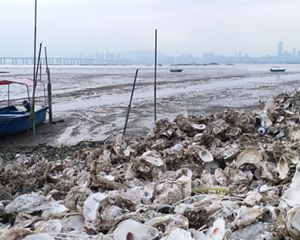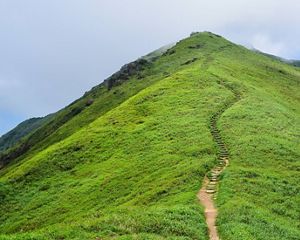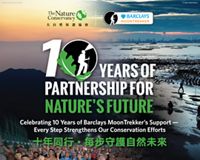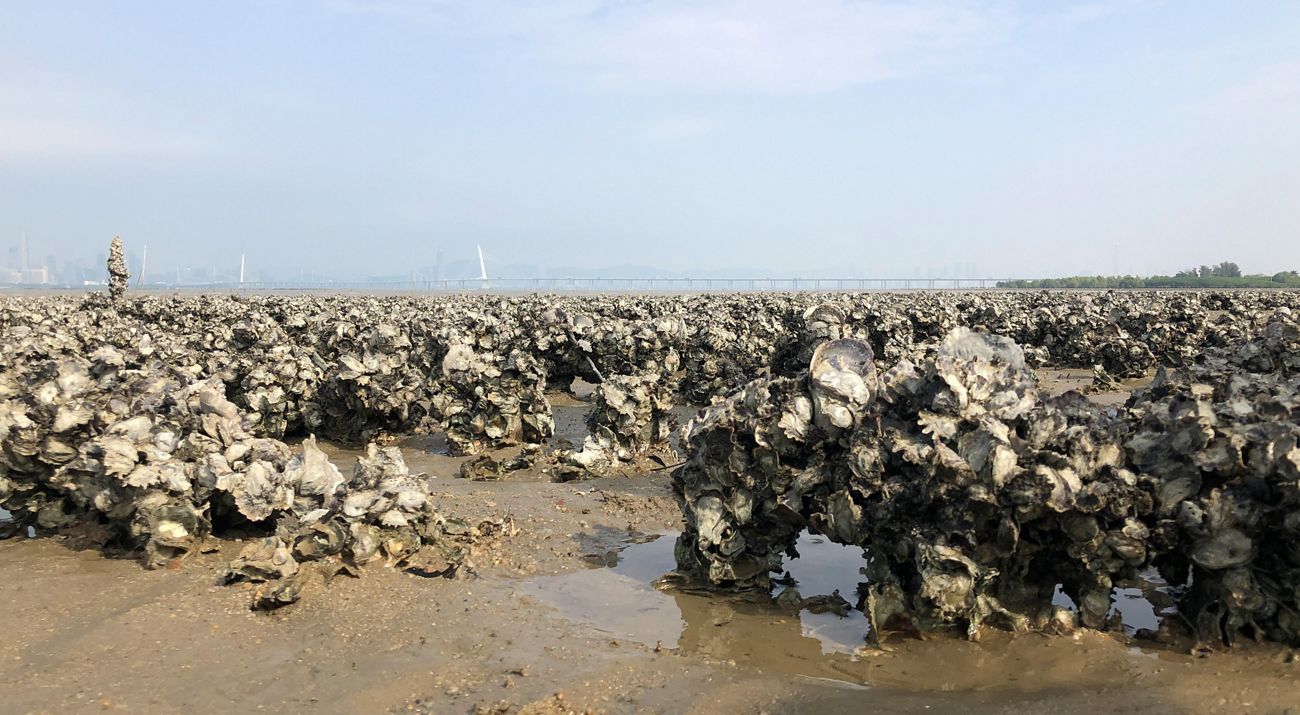
Pak Nai, in Yuen Long, is known as one of the best places to watch the sunset, but it’s much more than a spot for a romantic evening or a great photograph. It’s a hotspot for marine biodiversity in Hong Kong.
Pak Nai oyster reef restoration with HKU
To support our ongoing oyster reef conservation, TNC works on the mudflats at Pak Nai. Together with HKU, we are studying, analyzing and learning from an abandoned oyster farm. The mudflats provide habitat for a large variety of biodiversity. TNC uses GPS to map the different habitats on the mudflat, indicating the areas of seagrass, mangroves and grass.
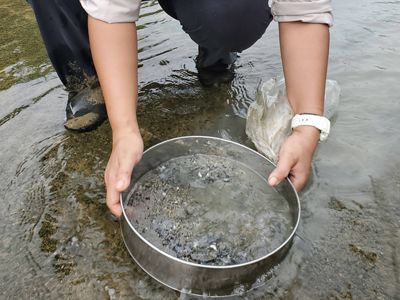
Horseshoe crab monitoring
Horseshoe crabs are one of the important marine animals that can be found at Pak Nai. Surveying horseshoe crab populations is meaningful conservation work for TNC, because the Chinese horseshoe crab (Tachypleus tridentatus) is endangered. For the mangrove horseshoe crab (Carcinoscorpius rotundicauda), there isn’t enough data on their population numbers, so data on both species can inform conservation of horseshoe crabs and their habitat.
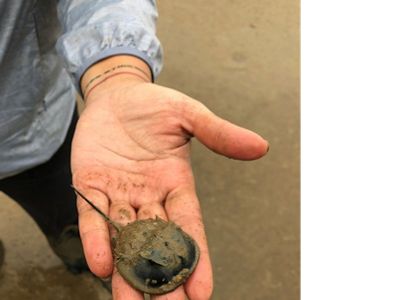
DID YOU KNOW?
Horseshoe crabs are older than dinosaurs! They have existed for 450 million years and are considered living fossils.
Horseshoe crabs are not crabs! They are more closely related to spiders and scorpions.
Horseshoe crabs used to be prolific in Hong Kong, but overfishing and habitat loss from urban development and marine pollution has caused them to largely disappear, and their numbers are decreasing.
Grass and trash
To improve the environment in Pak Nai, TNC removes spartina (an invasive cord grass) that can overwhelm the balance of habitats in wetlands. The clean-up includes removing aquaculture debris, and unfortunately, we spend some of our time in Pak Nai collecting litter. Marine pollution remains a significant issue in Hong Kong.
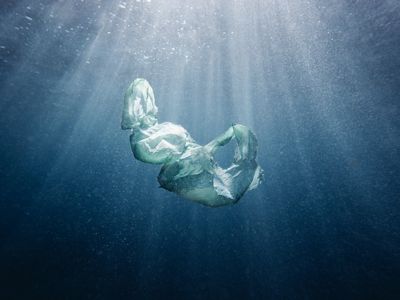
DID YOU KNOW?
The amount of microplastic pollution in our oceans is much larger than we thought! Plastic pollution harms fish, birds and other wildlife.
About 80 percent of marine pollution comes from land-based activities! Because the environment is interconnected, trash and pollution on land can make its way into rivers, streams and the ocean.
Water quality is deteriorating worldwide, affecting all of us, and the World Bank has said it is an “invisible crisis.”

Field trips
TNC also organizes guided education tours to Pak Nai for students, and anyone who is interested in our work, to get hands-on conservation experience and learn how the land and sea is interconnected. The field trips engage students to understand the environmental importance of oyster reefs and the cultural history of oyster aquaculture in Hong Kong. Please contact natureworkshk@tnc.org if you’d like to know more about our field trips.
Funded by the Hong Kong Jockey Club Charities Trust, the “Ridge to Reef” Environmental Education Programme aims to nurturing future green leaders.
Volunteer
The next phase of our work at Pak Nai involves reconfiguring the abandoned oyster farm and turn it into more natural oyster reefs. If you’d like to volunteer, please contact natureworkshk@tnc.org .
Check out what's happening at Pak Nai
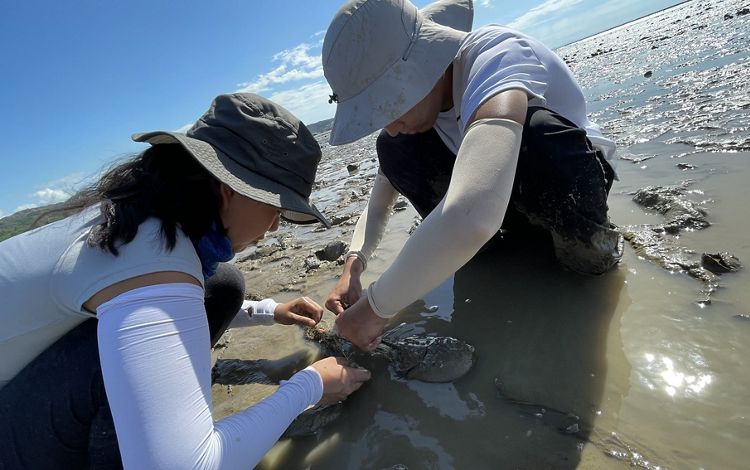

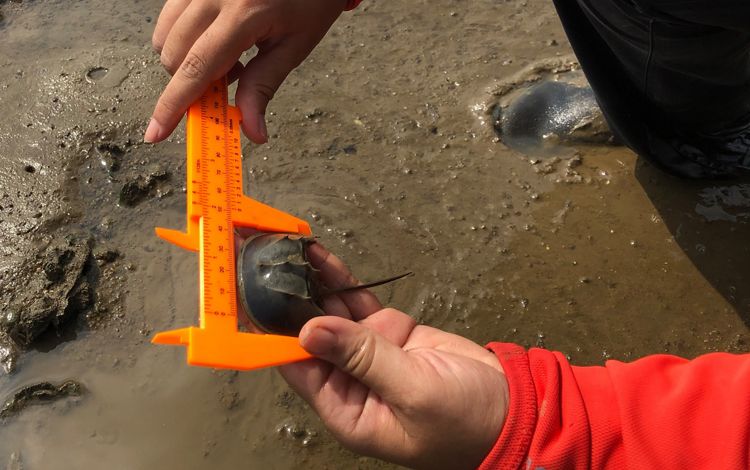
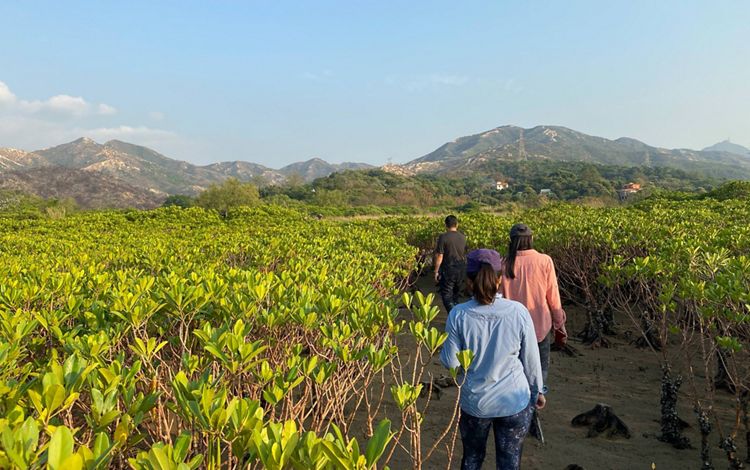
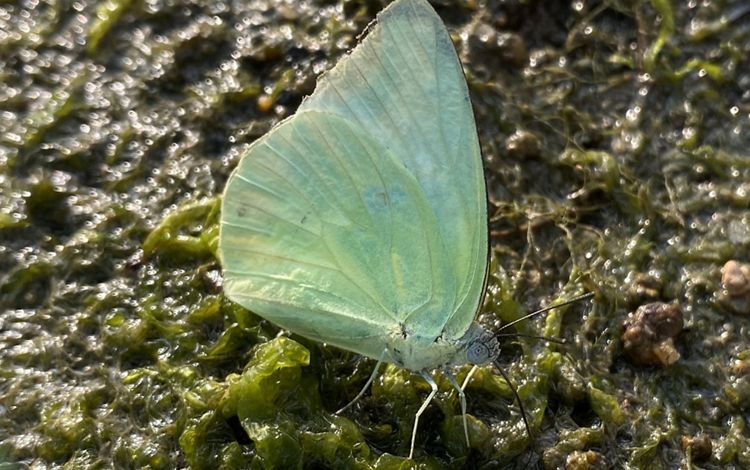
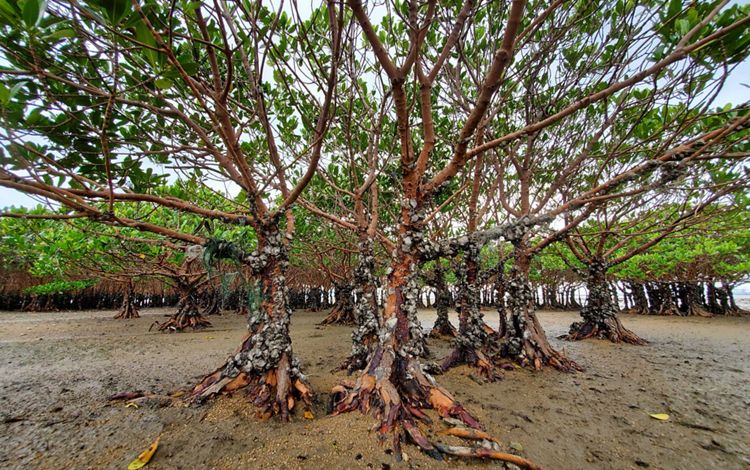
Protect Hong Kong’s Marine Biodiversity
If you care about what’s happening in Pak Nai, sign up for regular updates.

